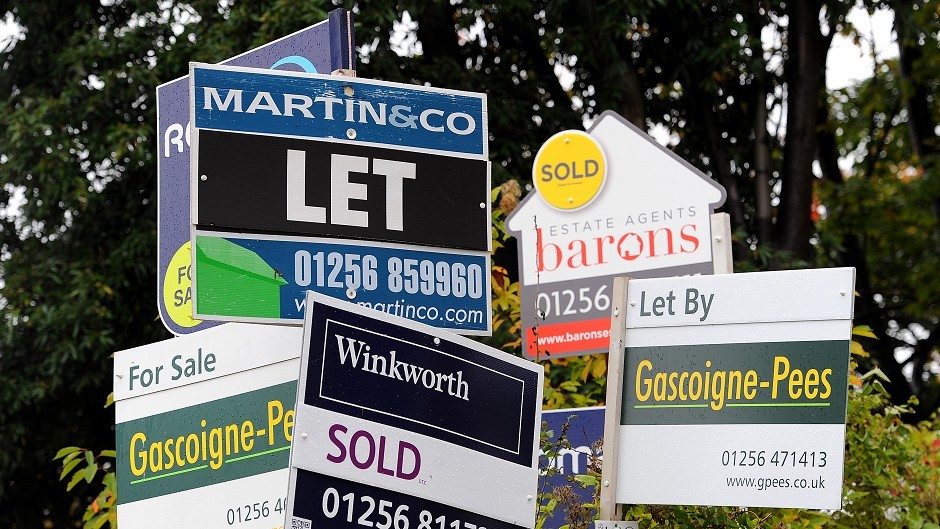Changes in how stamp duty on the sale of homes is applied was welcomed as a long-overdue reform, but will see house sellers in England and Wales better off than Scots.
The chancellor’s changes to Stamp Duty Land Tax (SDLT) will mean the “slab” system – in which buyers are charged a percentage of the full purchase price as soon as the value hits thresholds – will be abandoned.
Instead there will be a “slice” approach, with different percentage rates charged to each portion of the price.
There will be no levy under £125,000, then 2% up to £250,000, 5% to £925,000, 10% to £1.5 million, and 12% above that.
The changes took place at midnight, although Scottish house buyers will see the new Scottish Land and Buildings Transactions Tax (LBTT) take effect in April next year.
The LBTT will lead to greater taxation of house buyers in the mid to top end of the market, with buyers purchasing homes over £255,000 set to be worse off than their counterparts in England and Wales.
“The difference in rates may cause a rush to buy larger family homes before LBTT takes effect in April – or buy in Berwick thereafter,” said Callum Wilson, tax partner for accountancy firm Johnston Carmichael.
Andrew Perratt of Savills questioned whether the new LBTT rates in Scotland are being set appropriately.
He said after April 1, Scottish buyers of a £360,000 home will pay £13,600 in tax under the new LBTT system, 66% more than the new Stamp Duty rates announced yesterday.
“It is interesting that the Scottish market, which has been slowest to recover will only feel the benefit in the very short term,” he added.
The Scotland Office said more than 99% of home buyers in Scotland would have paid less SDLT if the slice structure had been in place in 2013-14.




